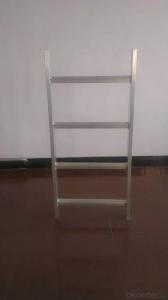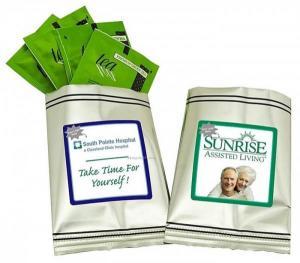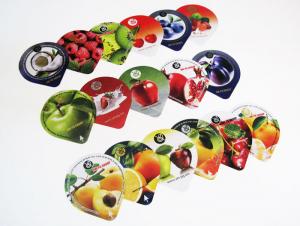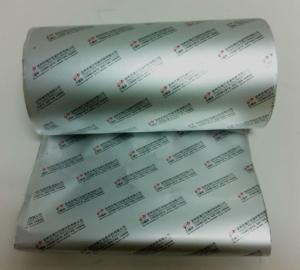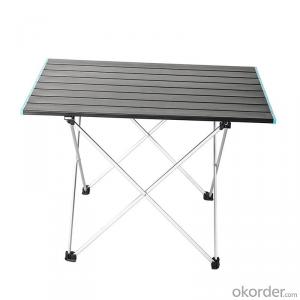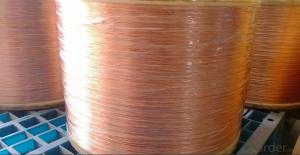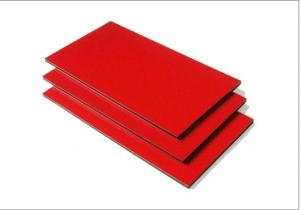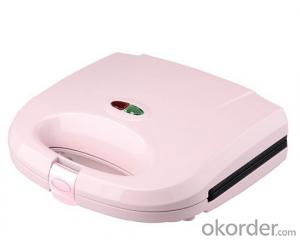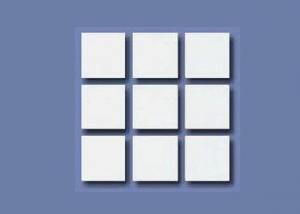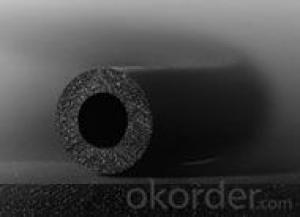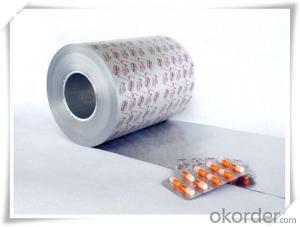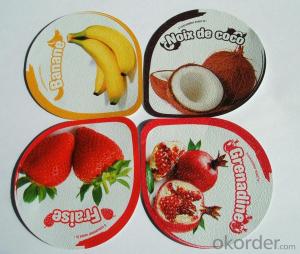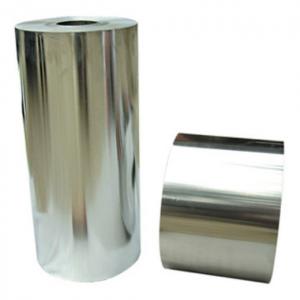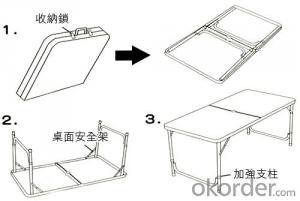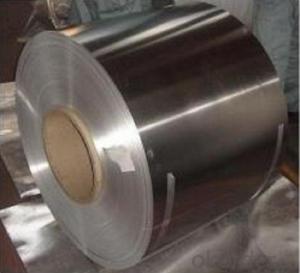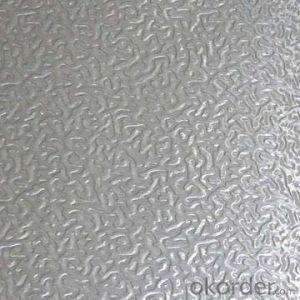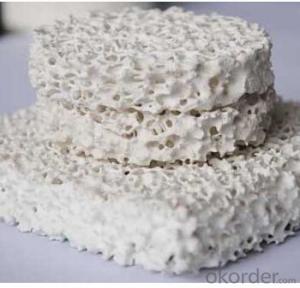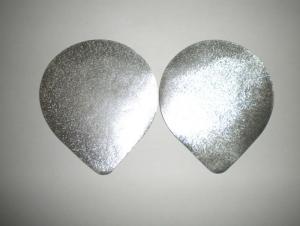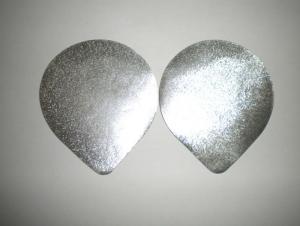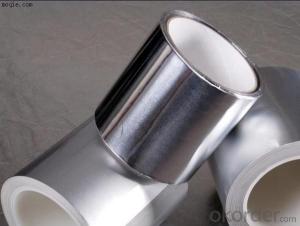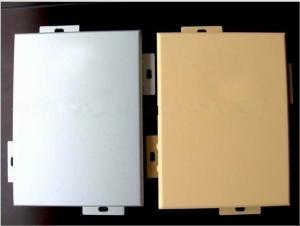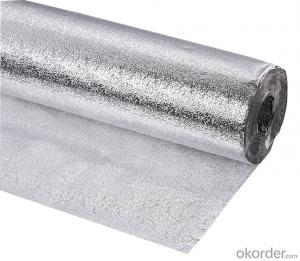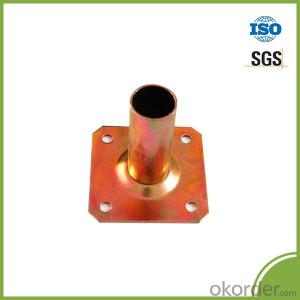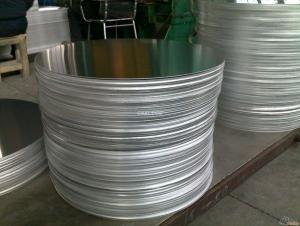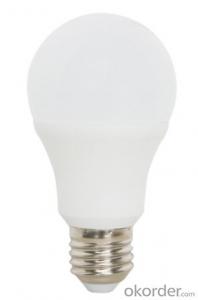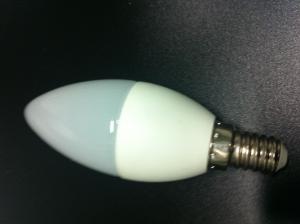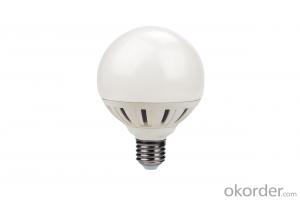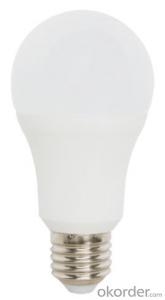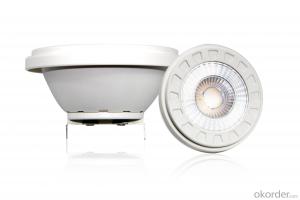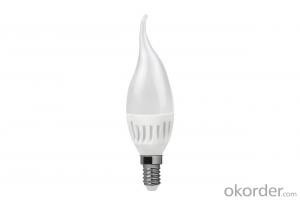Aluminum Lapping Plate
Aluminum Lapping Plate Related Searches
Aluminum Cover Plate Tapping Aluminum Plate Aluminum Backing Plate Aluminum Cooking Plate Aluminum Paper Plate Aluminum Metal Plate Aluminum Mounting Plate Aluminum Dimple Plate Aluminum Joining Plate Aluminum Base Plate Aluminum Flat Plate Aluminum Surface Plate Aluminum Wall Plate Aluminum Charger Plate Aluminum Floor Plate Aluminum Mending Plate Aluminum Spinning Plate Aluminum Ramp Plate Aluminum Hot Plate Aluminum Tooling Plate Aluminum Deck Plate Decorative Aluminum Plate Aluminum Cooling Plate Aluminum Round Plate Laser Cutting Aluminum Plate Aluminum Heater Plate Aluminum Pressure Plate Aluminum Thawing Plate Aluminum Profile Plate Aluminum Push PlateAluminum Lapping Plate Supplier & Manufacturer from China
Aluminum Lapping Plate is a type of polishing tool that is widely used in various industries for achieving a smooth and precise finish on metal surfaces. Made from high-quality aluminum material, these plates are designed to provide efficient and consistent results during the lapping process. The aluminum lapping plates are available in different sizes and thicknesses to cater to the specific requirements of different applications.The aluminum lapping plate is commonly used in industries such as aerospace, automotive, and electronics for polishing and finishing components like gears, bearings, and other precision parts. It is particularly effective in removing material and achieving a high level of surface finish on hard-to-reach areas. The lapping process involves the use of abrasive particles suspended in a liquid medium, which is then applied to the surface of the workpiece while the aluminum lapping plate is moved across it. This results in a smooth and polished surface with minimal surface defects.
Okorder.com is a reputable wholesale supplier of aluminum lapping plates, offering a vast inventory of these products to cater to the needs of various industries. With a commitment to providing high-quality products at competitive prices, Okorder.com ensures that customers receive the best value for their money. By partnering with Okorder.com, businesses can benefit from a reliable source of aluminum lapping plates, ensuring that their polishing and finishing needs are met with efficiency and precision.
Hot Products





